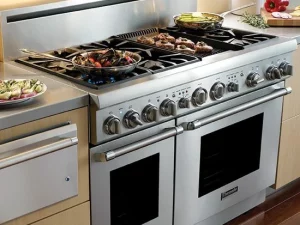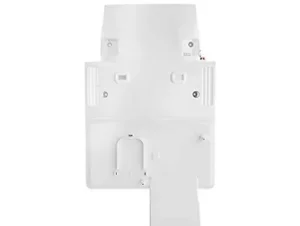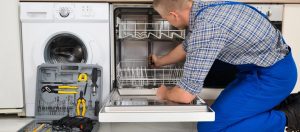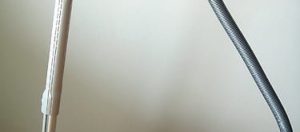
At Capital Repairs, we know exactly how frustrating it can be to vacuum your carpet and notice that your vacuum cleaner isn’t picking up as well as it should be.
You’ve emptied the canister, checked the roller brush and can’t seem to find the problem. The next step to take is to check the hose for blockages.
- Before you do anything, make sure that the vacuum is unplugged from the power source. You don’t want to accidentally turn the machine on while you’re checking for a blockage.
- The hose is not the only section where a blockage may be. To fully access all parts, you will need to unclip every section possible. For most makes and models this includes the hose, dirt canister, brush head and even the roller brush bar.
- To remove the hose from a vacuum cleaner on brands such as Dyson, Bissell, Shark, Hoover, Russell Hobbs, you will find a hose release button. The hose release button can be found on the main vacuum body or directly on the hose, at the end closest to the vacuum. Press the release button while gently removing the hose at the same time.
- When you’ve successfully removed the hose, visually inspect the hose for any obvious blockages. If you can’t see any blockage initially, it may be further along in the hose. You will need a long pole of some sort such as a broom/mop handle. Use the pole to poke and push the blockage out the other end of the hose.
- Most of the time, the blockage is caused by a build-up of dust and dirt. However, it’s always worth having a quick look over the blockage debris to see if you’ve accidentally sucked up something valuable.
- It is also worth checking other areas for blockages too. Check the main body of the machine where the hose attaches for any clogs of hair, dust or dirt. Repeat with the brush head attachment. These areas are often overlooked and can cause unnecessary and costly repair or replacement.
- To thoroughly clean your vacuum hose, take it to the shower or sink and run water through it. Anything left that’s stuck or clinging on will soon come out with the water. You must let the hose fully air dry before you re-attach and use it.
- To avoid the problem happening again and prematurely damaging your vacuum, you should maintain your vacuum monthly. If you have a bagged vacuum, you will want to empty or change the bag when it reaches two-thirds of its capacity, this prevents it affecting the vacuum’s efficiency. On bag-less vacuums, there will often be a max fill line on the canister, telling you it’s time to empty it. However, the two thirds full rule would still apply to bag-less vacuums.
- The final piece of necessary maintenance to keep your vacuum in tip-top condition is the filter. If you vacuum daily you will need to clean your filter around once a week. If you vacuum once or twice a week, you should be cleaning your filter monthly.
- To do this, simply remove the filter, it’s location can be found in the user’s manual, and rinse with warm soapy water until the water runs clear. Let the filter air-dry completely before use.





